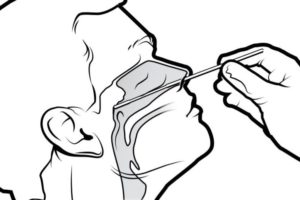Context: Recently, the launch of the United Arab Emirates’ (UAE) first mission to Mars “Hope” has been delayed by two days due to bad weather conditions.
About UAE’s Mars Mission HOPE
- The Emirates Mars Mission called “Hope” was announced in 2015 with the aim of creating mankind’s first integrated model of the Red planet’s atmosphere.
- It is the Arab world’s first mission to Mars.
- It will carry scientific instruments mounted on one side of the spacecraft which includes:
- a high-resolution camera called Emirates eXploration Imager (EXI),
- a far-UV imaging spectrograph called Emirates Mars Ultraviolet Spectrometer (EMUS), and
- Emirates Mars InfraRed Spectrometer (EMIRS) and FTIR scanning spectrometer.
- The spacecraft will orbit Mars to study the Martian atmosphere and its interaction with outer space and solar winds.
- It will collect data on Martian climate dynamics, which should help scientists understand why Mars’ atmosphere is decaying into space.
- The mission is being executed by the Mohammed bin Rashid Space Centre, UAE’s space agency.
Mission Plan of HOPE
- It will orbit Mars for around 200 days, after which it will enter the Red planet’s orbit by 2021.
- It will help answer key questions about the global Martian atmosphere and the loss of hydrogen and oxygen gases into space over the span of one Martian year.
- It will enable scientists to build a model of Martian atmosphere, giving them clues about why the atmosphere changed, to search for a connection between current weather on Mars and the one that existed, study the loss mechanisms of Mars’ atmosphere and to investigate how the lower and upper levels of the planet’s atmosphere are connected.
Source: The Indian Express

